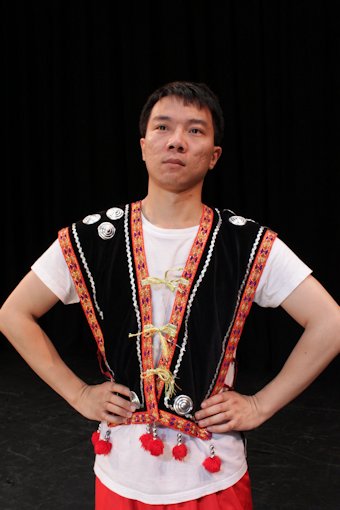
|
Minorities by Descending Populations
Chinese repression of the Miao, and attempts to destroy or subvert their culture, provoked a series of resistance movements. The largest of these was probably that in the middle of the 19th century, which lasted for close to 20 years. he Miao Rebellion of 1795-1806 was an anti-Qing uprising in Hunan and Guizhou provinces, during the reign of emperor Jiaqing. It was catalyzed by tensions between local populations and Han Chinese immigrants. Bloodily suppressed, it served as the antecedent to the much larger uprising of Miao Rebellion (1854-73). The Chinese Empire used control rather than forced assimilation towards their non-Chinese inhabitants. In the south-west, since 15th century, in provinces of Yunnan, Guizhou, Guangxi and Sichuan, the most common way of rule was through semi-independent local chieftains, called tusi, on whom the emperor bestowed titles, demanding only taxes and peace in their territories. However, Chinese immigration was forcing the original inhabitants out of the best lands; Guizhou's territory, although sparsely populated, consists mainly of high mountains, which offer little arable land. The Chinese state "followed" the immigrants, establishing its structures, first military, then civil, and displacing semi-independent tusi with regular administration over time. This practice, called gaitu guilu, led to conflicts. The uprising was one of the long series dating back to Ming Dynasty's conquest of the area. Whenever tensions reached a critical point, the people rose in revolt. Each rebellion, bloodily put down, left simmering hatred, and problems which were rather suppressed than solved. Basic questions of misrule, official abuse, extortion, over-taxation and land-grab remained. Mass Chinese immigration put a strain on scarce resources, but officials preyed on rather than administer the population. The quality of the officialdom in Guizhou and neighboring areas remained very low. Great uprisings took place in Ming times, and during Qing dynasty in 1735--36, 1796-1806, and last and the largest in 1854-1873. Return to Miao Nationality |
| Miao Man |